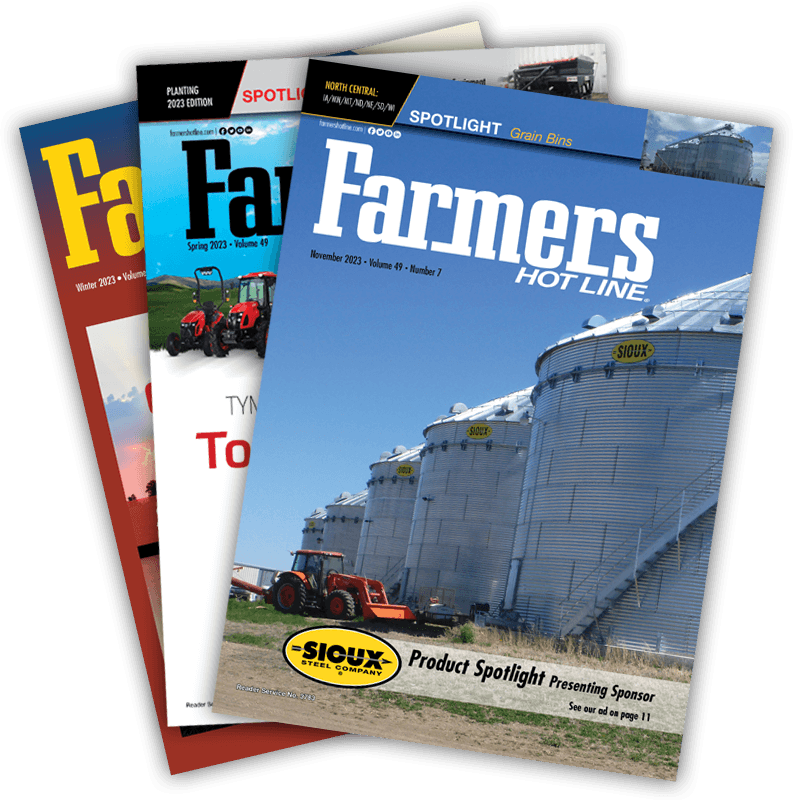What is Precision Agriculture?
And what’s in it for farmers?
As a farmer, there is always a suspicion that your time, resources, and money are being wasted. Many say the solution is to embrace precision agriculture. But what exactly is precision agriculture? Let’s define this cutting-edge method.
Precision agriculture is a modern farming technique that uses technology to optimize crop growth and improve efficiency. It involves collecting data on crops, soil, weather patterns, and other factors to make informed decisions about managing fields.
Finger on your farmland’s pulse
A key component of precision agriculture is the use of GPS technology. GPS can track equipment while planting or harvesting crops, ensuring that farmers cover each area only once and avoid overlapping. Another important aspect is remote sensing technology which includes drones equipped with cameras or sensors that capture images from above field level granting farmers an aerial view over their land used for monitoring crop health and spotting problems like nutrient deficiencies or water stress early on.
In addition, soil sensors installed in the ground provide information such as moisture levels and nutrient content which enables farmers to adjust irrigation schedules accordingly—no over-watering crops, leading to inefficient usage of resources.
Precision agriculture creates a more efficient farm operation through the utilization of real time data analytics combined with smart machinery creating cost savings, plus it leads to better quality yields and improved sustainability practices.
What’s in it for me? Resource savings
The true promise of precision agriculture is increased efficiency, cost savings, and improved crop yields. By leveraging GPS mapping, drones, and soil sensors, precision agriculture allows farmers to better understand their fields and make data-driven decisions.
A major benefit of precision agriculture is its ability to save resources. By using targeted irrigation systems and avoiding over-application of fertilizers or pesticides, farmers reduce waste and save input costs.
Additionally, precise planting techniques can help ensure seeds are placed at optimal depths for germination. Another advantage of precision agriculture is its potential to increase crop yields. With more accurate information about soil conditions and plant health, adjusting practices in real time can produce healthier plants that produce larger harvests.
Precision agriculture also has environmental benefits by reducing the use of chemicals while promoting sustainable farming practices. By minimizing runoff from irrigation systems or limiting the application of fertilizers or pesticides only where they are needed, farmers can reduce their impact on local ecosystems.
Plenty of barriers
While precision agriculture has numerous benefits, there are challenges associated with its adoption and implementation. One of the biggest challenges is the initial cost of setting up precision technology on farms. Precision agriculture equipment can be expensive, which may discourage farmers from investing in this technology.
Another challenge is that not all farmers have access to reliable internet connectivity in rural areas where their farms are located. Without a stable and fast internet connection, it’s difficult to use remote sensors and GPS-guided machinery effectively. Implementing precision agriculture requires specialized knowledge and skills: Collecting data from sensors on crops, analyzing that data using software, and then making decisions based on the insights gained. This can be daunting for many
farmers unfamiliar with these technologies.
Ongoing maintenance and updates are also necessary for precision systems to function optimally. It’s clear that the future of farming lies in adopting new technologies like precision agriculture.
What is Precision Agriculture? What is Precision Agriculture?
How to get started
These steps can start implementing of precision agriculture on your farm:
1. Evaluate your current technology: Determine how these tools fit into the precision agriculture framework. Identify areas where you might need additional tools or systems.
2. Identify goals: Determine what you want to achieve, such as reducing input costs, increasing yields, or improving environmental sustainability.
3. Collect data: Gather data from various sources such as soil samples, weather stations, yield monitors etc., and analyze them for insights about field variability.
4. Choose software solutions: Look for software that fit your needs and budget—this may include GIS mapping programs or platforms for remote monitoring of crops.
5. Train yourself and staff: All relevant personnel should be trained in using new technology/before incorporating them into daily farm operations.
6. Begin small: Don’t go full-scale at once; test one system or technology before gradually integrating others over time.
With careful planning and implementation strategies tailored to your specific needs; you can successfully adopt precision agriculture techniques that will help improve your bottom line while safeguarding the environment for future generations.


